07. Schematic Representation Of The Ethnic Processes
In order to give a concrete idea as to the above discussed phenomena of the process of ethnos, I present here six series of schemes; namely, 1 — Formation of ethnical units and inter-ethnical pressure; 2 — Integration and disintegration of the units; 3 — Migration of an ethnical unit under the pressure of interethnical milieu; 4 — Social selective differentiation; 5 — Parasitizing and migrating of an ethnical unit; and 6. - Growth of a linguistical «family» and diffusion of cultural complexes. It is evident that these schemes are only generalized schemes of phenomena taken in abstracto. However, all cases here shown may be illustrated with the facts from history of ethnical units of our time and those of the past.
In the first series, — Ethnical units and interethnical pressure, -1 show how the interethnical pressure increases together with the growth of population. This series requires no special explanation.
* * *
In Series II I show a gradual incorporation of several units into a new larger unit due to the influence of a strong (central), unit which first culturally influence its neighbours, afterwards penetrates their territory and unites them into a larger unit. Owing to the interethnical pressure, which increases, the newly formed large unit is affected by a process of disintegration. The new centres of centripetal movement are formed, the centripetal movement of the large unit gradually becomes weak, and after a continuous increase of the pressure, the large unit collapses. The populatlo is distributed between the newly formed units and their neighbours.
* * *
In Series III I show the process of breaking of boundaries by a strong fast-growing unit, here shown in red colour, which gradually forces for itself a passage into the territory of its neighbours. The latter cannot resist this pressure and after absorption they are gradually incorporated into a new large unit. However, some groups (lower part of the schemes) cannot be assimilated and so they preserve their ethnical characters. With the increase of population of the central unit, it strongly presses upon its right neighbour and finally breaks a passage. A flow of the migrating and fast-growing mass proceeds as far as territory permits. The effect of this movement is that the former territory is partly abandoned and the former pressure upon the neighbours decreases. The remainders of the former units begin numerically to grow and after a series of fusion's they form larger units. After receiving cultural stimulation from the larger units, the other units, a passage through which was forced, begin to grow and fuse into a large unit sufficient enough for separating the migrating unit into two groups, — one in the former territory and another in the newly acquired territory, where still numerous remains of the old, half-destroyed, units are shown. A continuation of the process, in a different aspect is shown in Series VI.
* * *
In Series IV I schematically show a social differentiation a: a form of cultural adaptation. In Table I four functionally distinct types are symbolized by different signs. With an increase o population there appears a need of division of work, as an effec of change of cultural adaptation. Since the new differentiatioi of groups is based upon functional characters of population the new social groups are physically and psychically selectee groups. However, a differential natality and a differential mortality in the social groups produce their effect upon th< composition of the socially undifferentiated population, — some types become less and less numerous owing to their exhaust oi in the social groups which cannot reproduce themselves and receive supply of population from the undifferentiated population, while other groups in which other types are selected show an increase of population, and supply not only the needed population for themselves but also for the undifferentiated population, which ii shown by arrows. With a further increase of population there appears a need of a further social differentiation (division of work), — new social groups are branched Some of them can reproduce themselves and even give a surplus to other groups, chiefly those which are functionally related while other groups are continuously pumping their members from the common source. Owing to a great differentiation (cultural) some groups discontinue their intermarriage with the other groups (centripetal movement is indicated) and isolate themselves from the common stock, with further effects, — either their numerical decrease and extinction, or their further growth which may result in an overgrowth and parasitizing. In Table VI a special case is shown, a particularized group falls under an heterethnical influence, begins to intermarry with the foreigners, and finally incorporates them. As soon as the functional types, needed for the differentiated social groups A and B, become exhausted, the other functional types, less adapted for the particular social functions, begin to penetrate as substitutes of the properly adapted types, which naturally results in a functional weakening of the ethnical unit as a whole. In this way, without any internal disturbances and without any change of the primary and tertiary milieus, nor any formation of new «mutations», the process of change of the average population may occur. However, practically such a process is usually followed by a secondary re-adaptation of the ethnical unit as a whole, with its natural effect upon the interethnical equilibrium.
* * *
In Series V I show a special case of interethnical relations, -a parasitizing ethnical unit (it may be a socially differentiated unit as well) [57], here shown in red colour, first appears among the upper right unit. Under favourable conditions it multiplies rather fast. However, it produces strong negative reaction on the part of the object of parasitism which «surrounds» it and pushes out. The parasite spreads among the neighbouring units which do not allow it to settle and assimilate it. But the parasite succeeds in settling among the upper left unit which produces no strong negative reaction, in spite of a marked ethnocentric behaviour of the parasite. Owing to a non-resistance, the parasite begins to increase which finally affects the unit-object to such a degree that it loses its power of increase of population. Decrease of population, and consequently increase of the interethnical pressure, even partial occupation of the territory by the neighbours, ensue the process. Then the parasite leaves the territory by breaking a passage into the territory of the neighbouring unit, numerous and strong, but possessing no sufficient power of resistance to the penetration of the parasite. This may be due to a disfunction of the psychomental complex, special interethnical pressure and other «causes». The other units by this time are strongly consolidated, even though the upper left one with a loss of population and territory, and they produce a very strong pressure on the lately affected unit owing to the change of the system of interethnical pressure (new equilibrium). Mutatis mutandis the same scheme may be applied to a single ethnical unit in which a social differentiation is found in such an advanced stage that the centrifugal movement takes over the centripetal movement and from social groups, typical ethnical units may be formed. Practically this is the case of over-growth of an ethnographic element which loses its functional weight in the system of cultural (adaptive) equilibrium [58] and results in the formation of a parasitizing social group. Doubling of social functions is especially harmful for both object of parasitizing and social parasite.
* * *
Series VI deals with the spreading, and its consequences, of influence of a leading ethnical unit (or a group of them). The initial conditions of units are shown in Series III, Table VI. The process is effectuated through a continuous and always peaceful penetration of individuals and groups of individuals into the regions of neighbours who imitate the invaders. Gradually the invaders' language in its pure and modified forms is adopted and adapted, which here is shown by change of the colour (red instead of black). In this way the groups and dialects are formed as a «linguistic family» [59]. The leading ethnical unit creates its own cultural complex (first shading in red, Table I) which gradually spreads over neighbouring groups and sometimes passes far over the linguistical limits of a «family». However, some groups (units) cannot be linguistically assimilated and they cannot accept the new cultural complex (it may be due to the conditions of primary milieu, a better local adaptation, a strong opposition to the pressure, etc.) here designated in black and without red shading. A group which originally was the initial point of growth and migration (Series III) of the leading ethnical unit, remains beyond the cultural influence of its own offspring's, bearers of the process of leading ethnos. This group gradually falls under a strong cultural influence of another «cycle» which approaches it from the upper-left corner here designated as black shading. In the last Table IV, I show a final result of these processes, namely, an overlapping of cultural complexes, including languages, covering populations which greatly differ as to their physical origin, in some cases remaining rather «pure». (anthropologically), while in other cases being mixtures of quite distinct types.
* * *
The above given schemes of ethnical phenomena naturally are abstractions. What we commonly observe are combinations of the processes, such as for instance, integration and disintegration connected with a differential growth of population, change of centripetal and centrifugal movements under variable interethnical pressure, sometime overlapped by a diffusion of cultural complexes, affected by the internal social differentiation and not rarely by the parasitising ethnical and social groups. Therefore it is evident that these phenomena must always be investigated as complex realities of equilibria. Social phenomena various cultural movements, political clashes, wars, internal collapses etc. cannot be functionally understood unless one considers biological (in a narrow sense of the word) conditions of populations involved, primary milieu, interethnical milieu, internal equilibria of centripetal and centrifugal movements within the units which, let us point out, do no sometimes complete the process of «crystallisation» and even cannot reach such a state, for the achievement of a perfect «crystallisation» often means collapse of the whole system. These are processes.
I. FORMATION OF ETHNICAL UNITS AND INTERETHNICAL PRESSURE
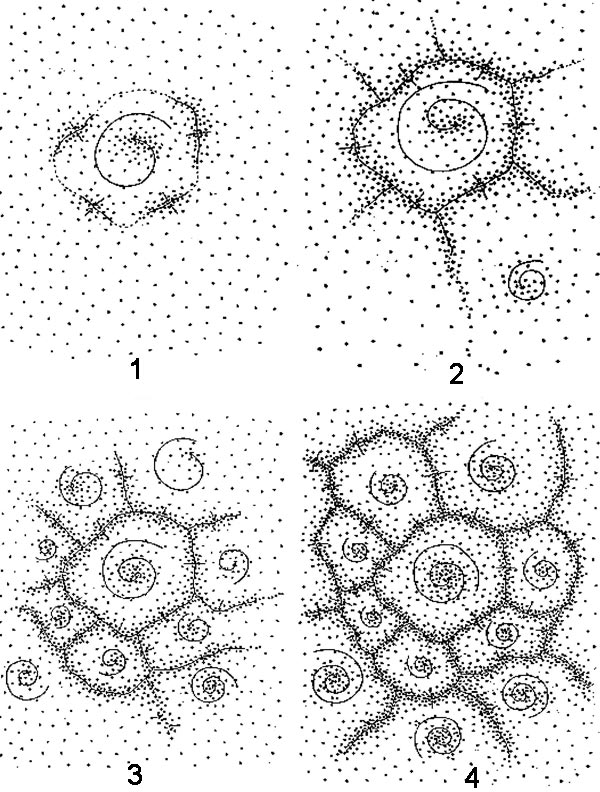
II. INTEGRATION AND DISINTEGRATION OF ETHNICAL UNITS
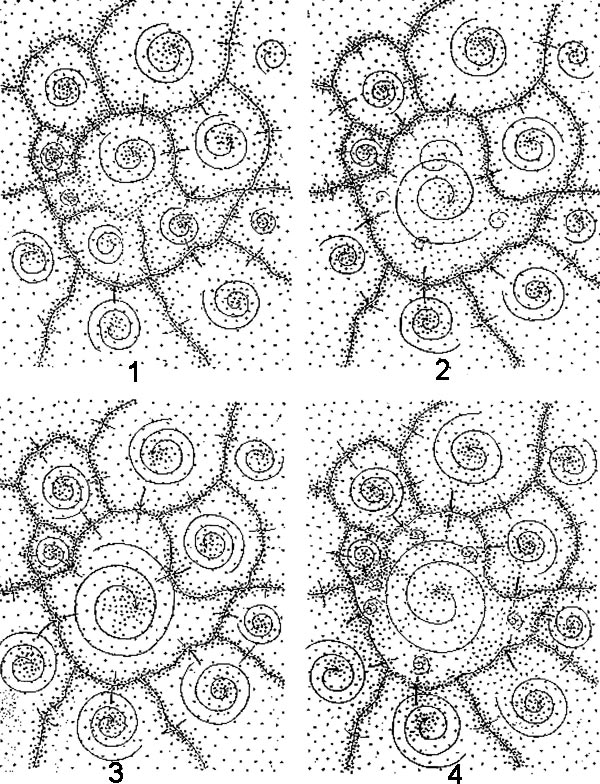
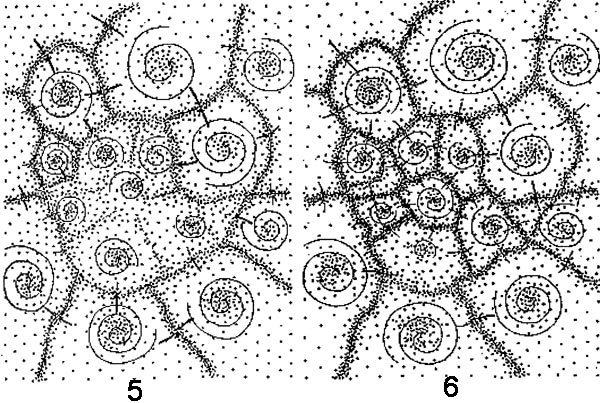
III. MIGRATION OF AN ETHNICAL GROUP
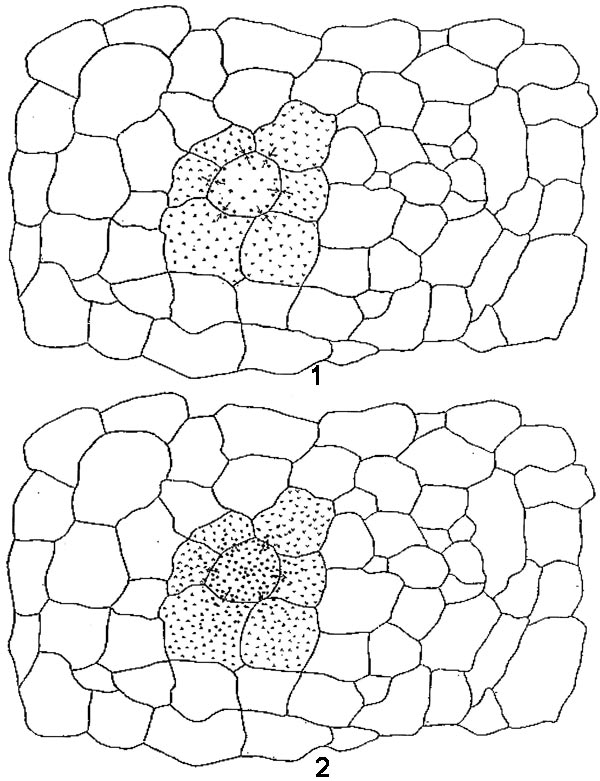
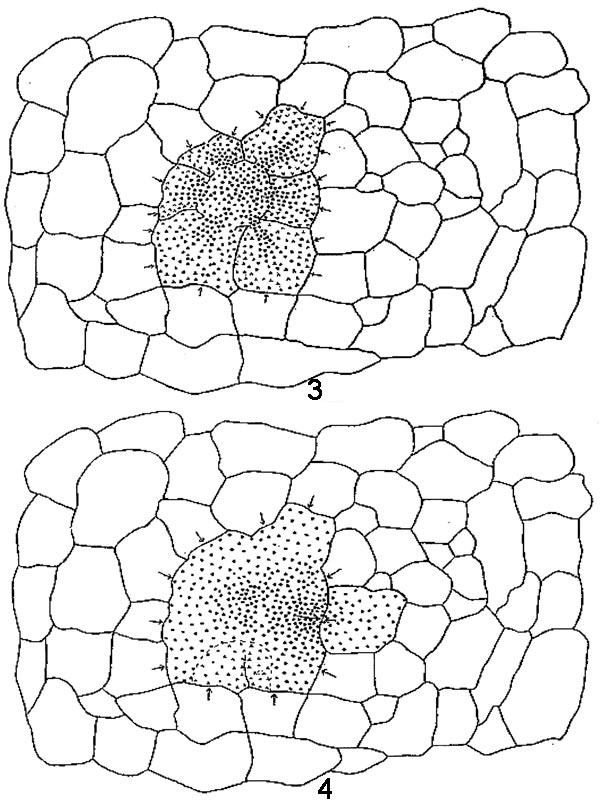
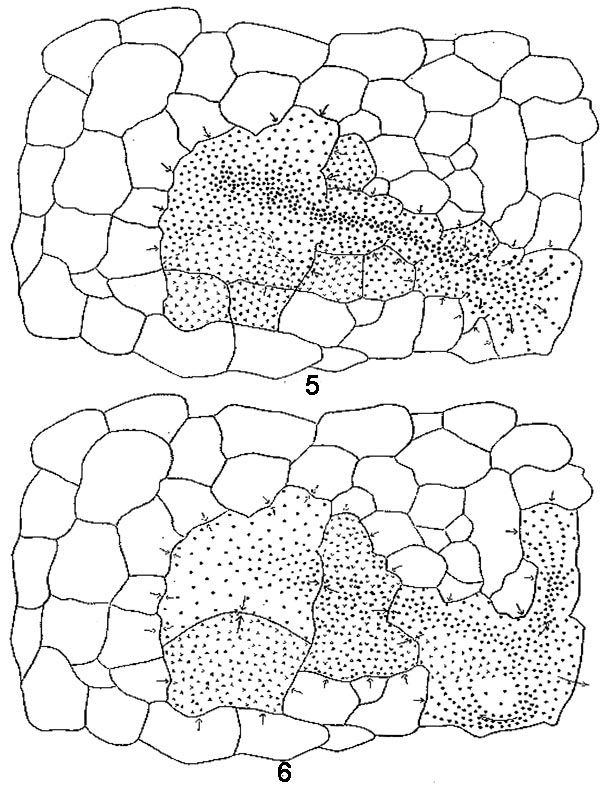
IV. SOCIAL SELECTIVE DIFFERENTIATION



V. PARASITIZING AND MIGRATING ETHNICAL UNITS

VI. CULTURAL INFLUENCE


57. As I have shown (vide Etnos, 1923, pp. 100-105 and mentioning in Ethnical Unit and Milieu, 1924, p. 24) the relations between ethnical units living in the same territory, may assume three forms, namely, those of cooperation, commensalism, and parasitism. In the last case the effects are evident. The parasite is living on account of another ethnical unit, thus it cannot multiply beyond a certain limit which depends on the size of the unit on which the parasites live, and forms of adaptation of both subject and object of parasitism.
58. For instance, an over-growth of social groups such as those attending to the legal matters (lawyers), to the government («politicians»), to the exchange and credit (bankers), to the aesthetic needs («artists»). An overgrowth may affect any branch of cultural differentiation, e.g. advertizing, «research work», police, newspapers, etc. It may be pointed out that such an over-growth in only rarely associated with the governmental apparatus which in too evidently seen. However, in the normally functioning units the process of over-growth of social groups in usually checked up. In a contrary case a collapse of the unit in the system of interethnical milieu or an internal collapse are very likely to occur. Naturally one of the first sufferers in the parasite which either may be or may not be perceived.
59. Of course, this is not the only way to form a «family».